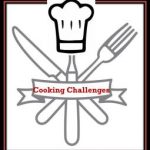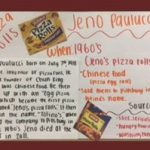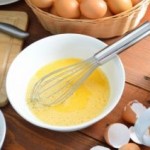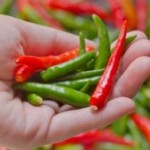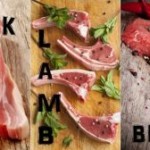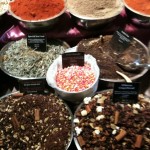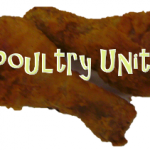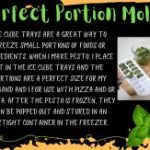
If you’ve ever subscribed or read “Cooks Illustrated,” you may be familiar with a recurring feature called “Quick Tips.” In this feature, tips are provided to make food prep easier and more convenient. I have taken this concept and turned it into the “Quick Tips Postcard Project” as a way to add visual interest to classroom bulletin boards or displays!

